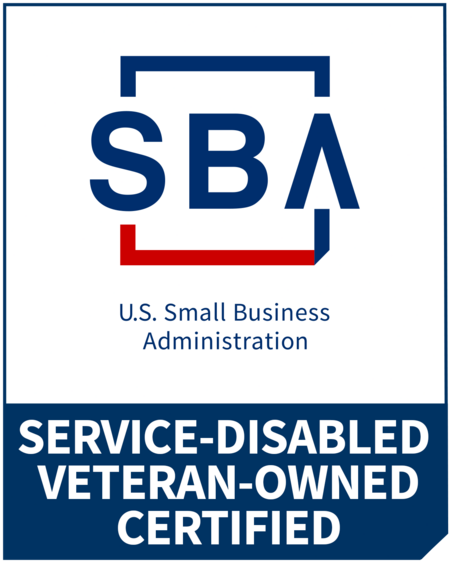Fiber Optic Cabling
Dark Fiber Versus Lit Fiber Optics: What's the Difference?

You might hear fiber optics cable installers talk about dark fiber and lit fiber. What are the differences between the two? CKC Data Solutions discusses these differences in today’s blog.
What is the main physical difference between lit and dark fiber?
It's all about light. When fiber optic strands and networks are in use, light travels through them to deliver data and information almost literally at light speed. The glass strands are transparent while the walls keep the light contained to each strand. This makes fiber optic strands very efficient at data transmission. In one respect, lit fibers are the ones in use.
What does infrastructure usage mean for dark versus lit fiber?
In the 1990s, fiber optics networks took off as cellular telephones and the internet rose to prominence. Hundreds of telecommunications began laying fiber optic lines, but they had no idea how big the internet would be in 30 years. Now, as more and more companies lay the groundwork for future expansion of fiber optic networks, they install fiber optics that might not be ready to come online yet. The physical lines have to be put down first before information can run through them, meaning they are not lit with data streams yet. As crews install new fiber optic networks, there might be old fiber optic conduits alongside them. When companies in the 1990s changed hands or abandoned old fiber optic networks, they no longer used them. Those fiber optic cables no longer carry information and they are dark. Dark fiber refers to networks that aren’t in use, either due to age or they haven’t come online yet. Lit fiber means telecommunications companies currently use those conduits to carry information.
Will dark fiber networks ever come back?
Dark fiber networks may make a comeback. Property owners could lease the dark fiber lines to telecommunications providers if the facility or building requires extra bandwidth for things like IoT devices or improved wireless connections. It depends on the quality of the lines and if they are still viable decades after their installation.
Who can install fiber optics for my facility in Springfield, Missouri?
Have questions? CKC Data Solutions handles fiber optic installations for facilities and companies across Southwest Missouri and Northwest Arkansas. Contact us today or call (417) 812-5251, and we’ll talk about what we can do for you.
Latest Blog Posts
- Grid-Interactive Efficient Buildings: A National Security Strategy for a More Resilient Grid
- How GEBs & PoE Devices Can Reduce Energy Costs and Unlock Savings for Government Agencies
- Six Practical Reasons for Hiring a Managed IT Services Provider
- What Is a Managed IT Provider and Why Does a Business Need One?
- How to Retrofit Your Older Facility Into a Smart Building